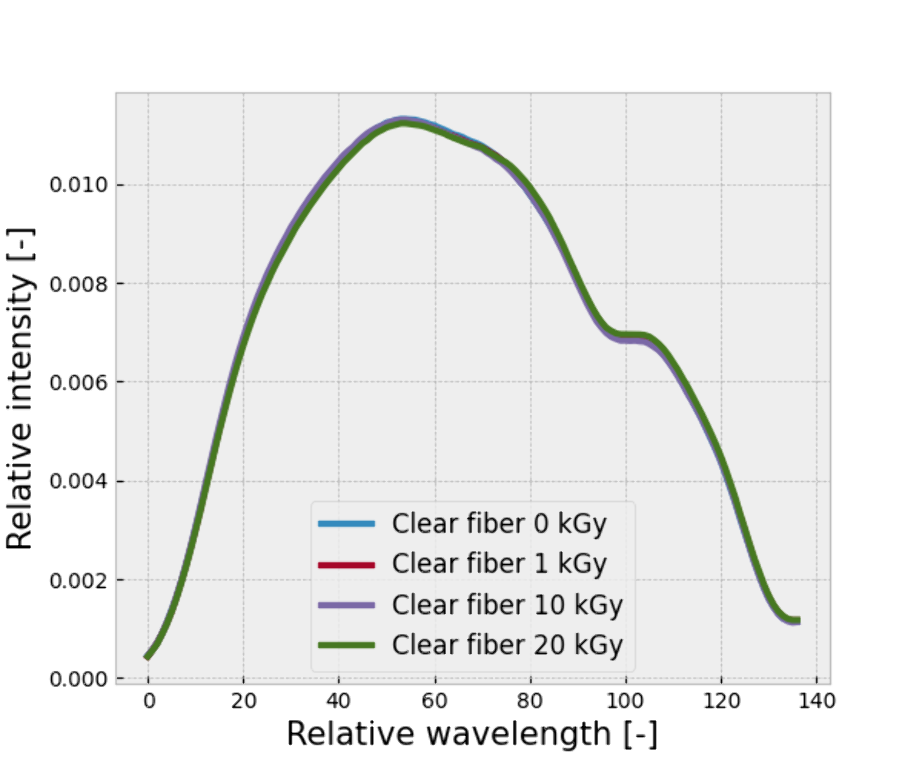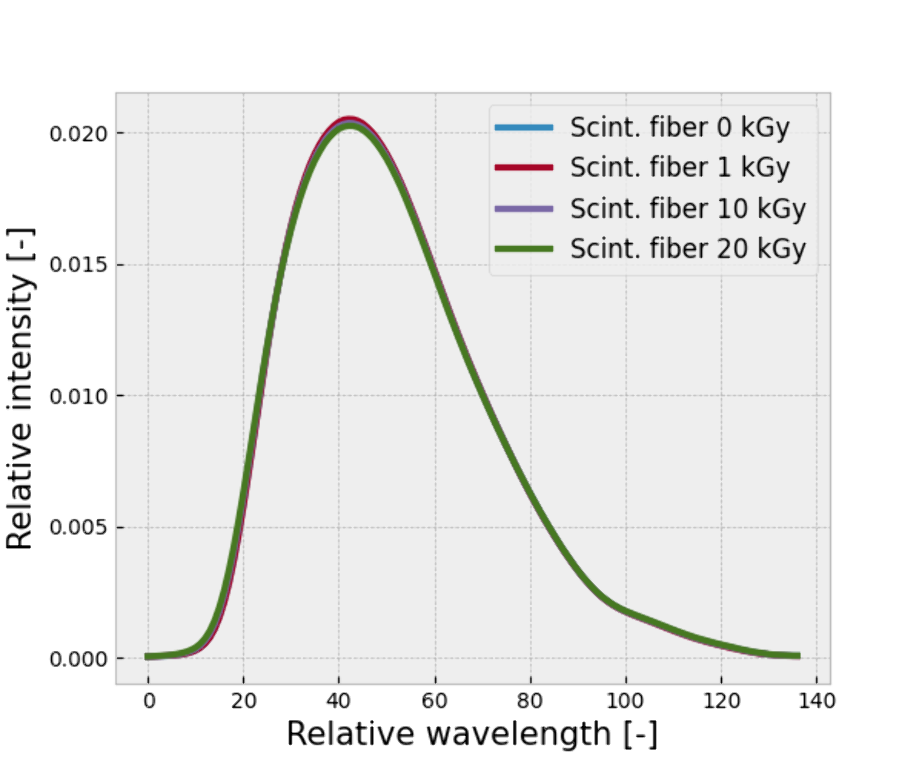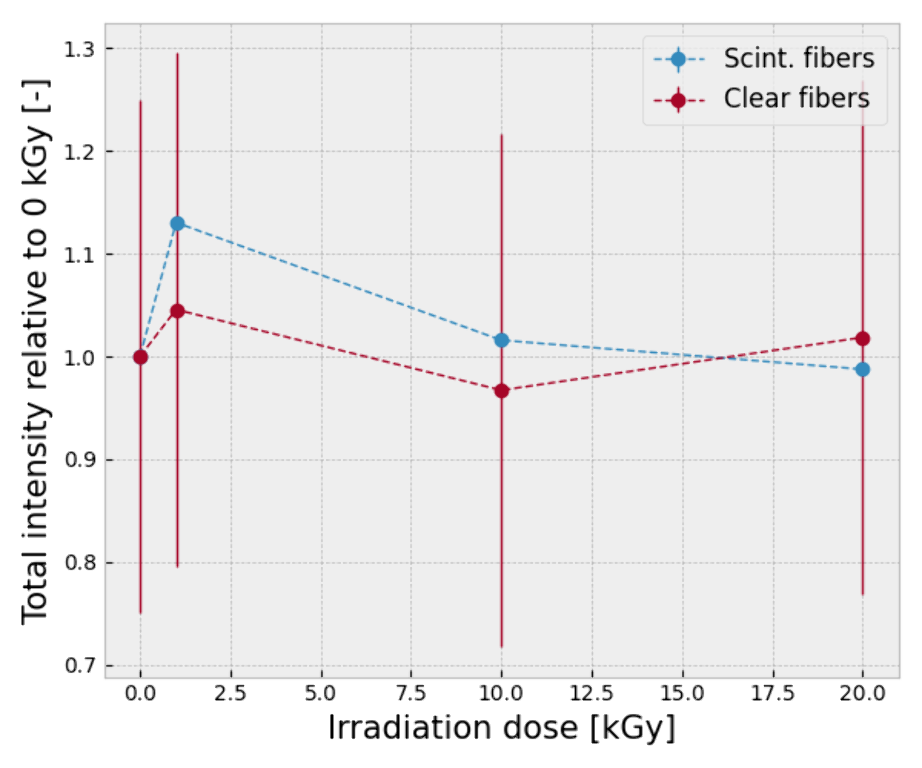Author Of 2 Presentations
OVERVIEW AND CURRENT STATUS OF THE JOINT RESEARCH PROJECT UHDPULSE - “METROLOGY FOR ADVANCED RADIOTHERAPY USING PARTICLE BEAMS WITH ULTRA-HIGH PULSE DOSE RATES”
Abstract
Background and Aims
Dosimetry for FLASH radiotherapy, VHEE radiotherapy as well as for laser-driven beams cause significant metrological challenges due to the ultra-high dose rates and pulsed structure of these beams, in particular for real time measurements with active dosimeters. It is not possible to simply apply existing Codes of Practice available for dosimetry in conventional external radiotherapy here. However, reliable standardized dosimetry is necessary for accurate comparisons in radiobiological experiments, to compare the efficacy of these new radiotherapy techniques and to enable safe clinical application. UHDpulse aims to develop the metrological tools needed for reliable real-time absorbed dose measurements of electron and proton beams with ultra-high dose rate, ultra-high dose per pulse or ultra-short pulse duration.
Methods
Within UHDpulse, primary and secondary absorbed dose standards and reference dosimetry methods are developed, the responses of available state-of-the-art detector systems are characterised, novel and custom-built active dosimetric systems and beam monitoring systems are designed, and methods for relative dosimetry and for the characterization of stray radiation are investigated.
Results
Prototypes of different active dosimetry systems show promising results for real-time dosimetry for particle beams with ultra-high pulse dose rates. The results of the UHDpulse project will be the input data for future Codes of Practice.
Conclusions
A brief overview of the progress in the UHDpulse project and the involved institutions will be given.
Acknowledgement: This project 18HLT04 UHDpulse has received funding from the EMPIR programme co-financed by the Participating States and from the European Union’s Horizon 2020 research and innovation programme.
PLASTIC SCINTILLATOR UNDER ULTRA-HIGH DOSE RATE ELECTRON BEAM: LONG TERM DAMAGES AND CHANGES IN OPTICAL RESPONSE
Abstract
Background and Aims
Background and aims: Scintillation detectors have advantages that could benefit dosimetry for FLASH radiotherapy, but radiation damages could alter their properties. This study aims at determining long term effects of ultra-high dose rate electron radiation on scintillation dosimeters.
Methods
Methods: Samples of clear and scintillating fibers (1 mm diameter, 15 mm long) were irradiated under electron beams with ultra-high dose per pulse (1 Gy/pulse, 20 MeV, 5 Hz, 2.5 µs pulse length) up to a total dose of 20 kGy. Scintillation and transmission of irradiated samples were assessed using the Hyperscint RP200 platform (Medscint inc., Canada), around 3 months after irradiation.
Results
Results: Emission spectrum remained stable for all doses (figure 1), with a maximum RMS difference of 0.002 between irradiated and unirradiated samples. The total light production and transmission seems minimally affected from irradiation, up to 20 kGy (figure 2). The error bars result from the differences due to sample manufacturing. However, further investigations will have to be made to confirm this statement.


Figure 1: Emission spectra of the irradiated samples.

Figure 2: Total intensity measured as a function of total dose.
Conclusions
Conclusions: Scintillating and clear plastic fibers do not show significant long term alterations when irradiated up to 20 kGy with ultra-high dose rate electron beams.
Acknowledgements: This project 18HLT04 UHDpulse has received funding from the EMPIR programme co-financed by the Participating States and from the European Union’s Horizon 2020 research and innovation programme. Special thanks to the team of Medscint inc. for their help in analysing the irradiated samples.

